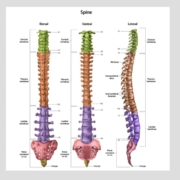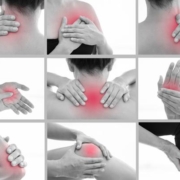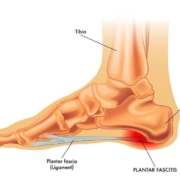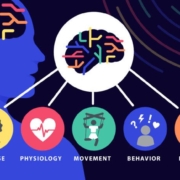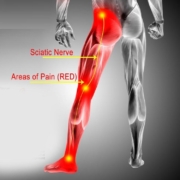When to Worry: Red Flags for Serious Spinal Conditions
Back pain is incredibly common. In fact, most people will experience it at some point in their lives. While most back pain resolves on its own with some rest and simple home care, there are times when it signals a more serious spinal condition. Knowing when to seek immediate medical attention is crucial for your musculoskeletal health and overall well-being.
Recognizing the Warning Signs
It’s important to remember that pain is your body’s way of telling you something is wrong. If you experience any of the following red flags along with back pain, don’t ignore them. Seek medical attention promptly:
Severe Pain That Doesn’t Improve:
Constant and intense pain: Pain that doesn’t ease up even with rest or medication.
Pain that worsens at night: This can be a sign of a more serious underlying condition.
Pain that limits daily activities: If you’re struggling to perform everyday tasks due to pain.
Neurological Symptoms:
Numbness or tingling: Experiencing these sensations in your legs, feet, arms, or hands.
Weakness in your limbs: Difficulty moving your arms or legs, especially if it’s getting progressively worse.
Loss of bladder or bowel control: This is a serious red flag and requires immediate medical attention.
Other Warning Signs:
Fever with back pain: This combination could indicate an infection.
Unexplained weight loss: Significant weight loss without a clear reason.
History of cancer: Be extra vigilant if you’ve had cancer in the past.
Recent trauma or injury: Seek medical attention after any significant fall, accident, or injury.
What Could These Red Flags Mean?
These warning signs could indicate a range of spinal conditions, including:
Herniated disc: A condition where the soft, jelly-like center of an intervertebral disc pushes through its outer layer, potentially pressing on nerves.
Spinal stenosis: Narrowing of the spinal canal, which can compress the spinal cord and nerves.
Spondylolisthesis: A condition where one vertebra slips forward over the one below it.
Infection: Infections in the spine can be serious and require prompt treatment.
Tumor: While less common, tumors can develop in the spine and cause back pain.
Don’t Delay, Seek Help Today
Remember, this information is not a substitute for professional medical advice. If you’re experiencing severe back pain or any of the red flags mentioned above, it’s essential to consult a healthcare professional for a proper diagnosis and treatment plan. Early detection and intervention are key to managing spinal conditions effectively and preventing potential complications.
For more information on back pain and spinal health, visit the resources below:
[Link to a reputable source on back pain, such as the National Institutes of Health]
* [Link to the ArthurCare Services page, focusing on spine care]
Take control of your spinal health. Be aware of the warning signs and seek help when needed.


